Premium shift
For decades, the Indian motorcycle market was synonymous with one word: mileage. Advertisements proudly touted bikes that promised astounding kilometres per litre, a direct appeal to the cost-conscious commuter navigating rising petrol prices. The narrative was clear: efficiency was the king. Fast forward to 2025 — though the fuel prices continue to spiral upwards, the focus is increasingly shifting from frugality to performance, features, and an overall premium riding experience. This seismic shift in consumer preference is leading to a fascinating paradox: a slowdown in overall two-wheeler sales, yet a relentless launch of premium motorcycles, all in the backdrop of increasing costs.
The latest sales figures by the Society of Indian Automobile Manufacturers paint a somewhat challenging picture for the broader two-wheeler market. In Q1 FY26 (April-June 2025), the two-wheeler market reported a 6.2 per cent drop in sales. Scooter sales dipped by 0.2 per cent, while motorcycle sales were down 9.2 per cent. June 2025 marked a 3.2 per cent year-on-year decline for two-wheelers.
Going deeper into the motorcycle segments reveals where the slowdown is most pronounced. Sales of motorcycles less than 200cc reduced by 11 per cent, while 200+cc motorcycle sales grew by 10 per cent in this first quarter. The former is the mass market, made up of all the commuter motorcycles and executive segment bikes. The 150-200cc has some overlap with premium motorcycles and it saw the least amount of slowdown. The latter comprises motorcycles which are considerably more expensive to buy, maintain and fuel. Their sales are on an upward trajectory.
These numbers show a marked shift in the Indian motorcycle buyer’s psyche. The era of seeking an affordable, fuel-efficient commute is evolving. Factors like style, performance, comfort, and brand value are increasingly influencing purchase decisions. Buyers with increasing disposable incomes, especially in urban and semi-urban centres, are willing to spend more for a superior product.
This trend is further underscored by the flurry of premium motorcycle launches this month. Despite the overall market slowdown, manufacturers are aggressively introducing higher-end models, signalling their confidence in the burgeoning premium segment.
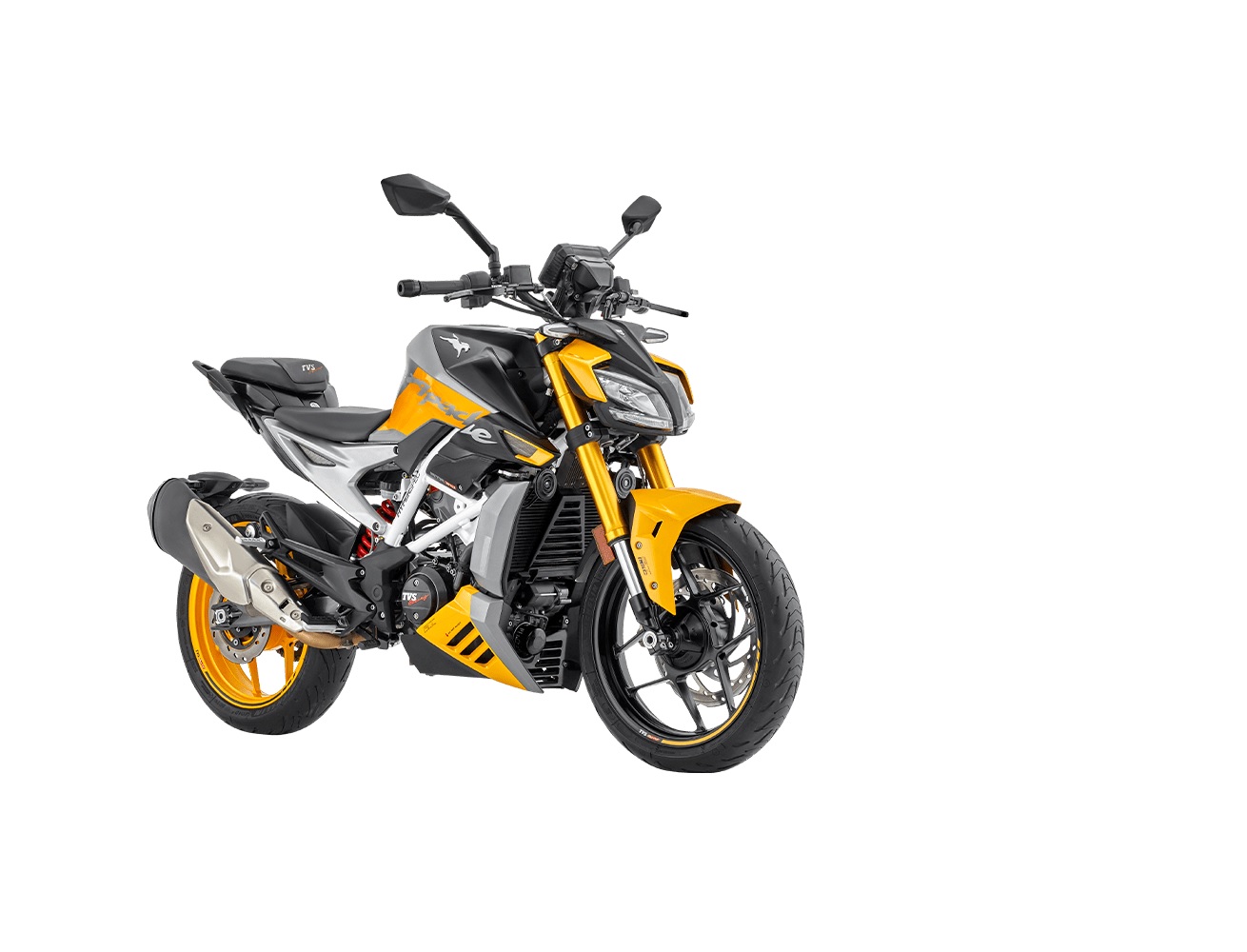 Priced at Rs 2.40 lakh, TVS launched the updated 2025 Apache RTR 310.
Priced at Rs 2.40 lakh, TVS launched the updated 2025 Apache RTR 310.
TVS Apache RTR 310
TVS launched the updated 2025 Apache RTR 310, enhancing its power delivery and rideability with standard Drag Torque Control and optional launch control for its top-tier BTO kit, with prices starting at Rs 2.40 lakh.
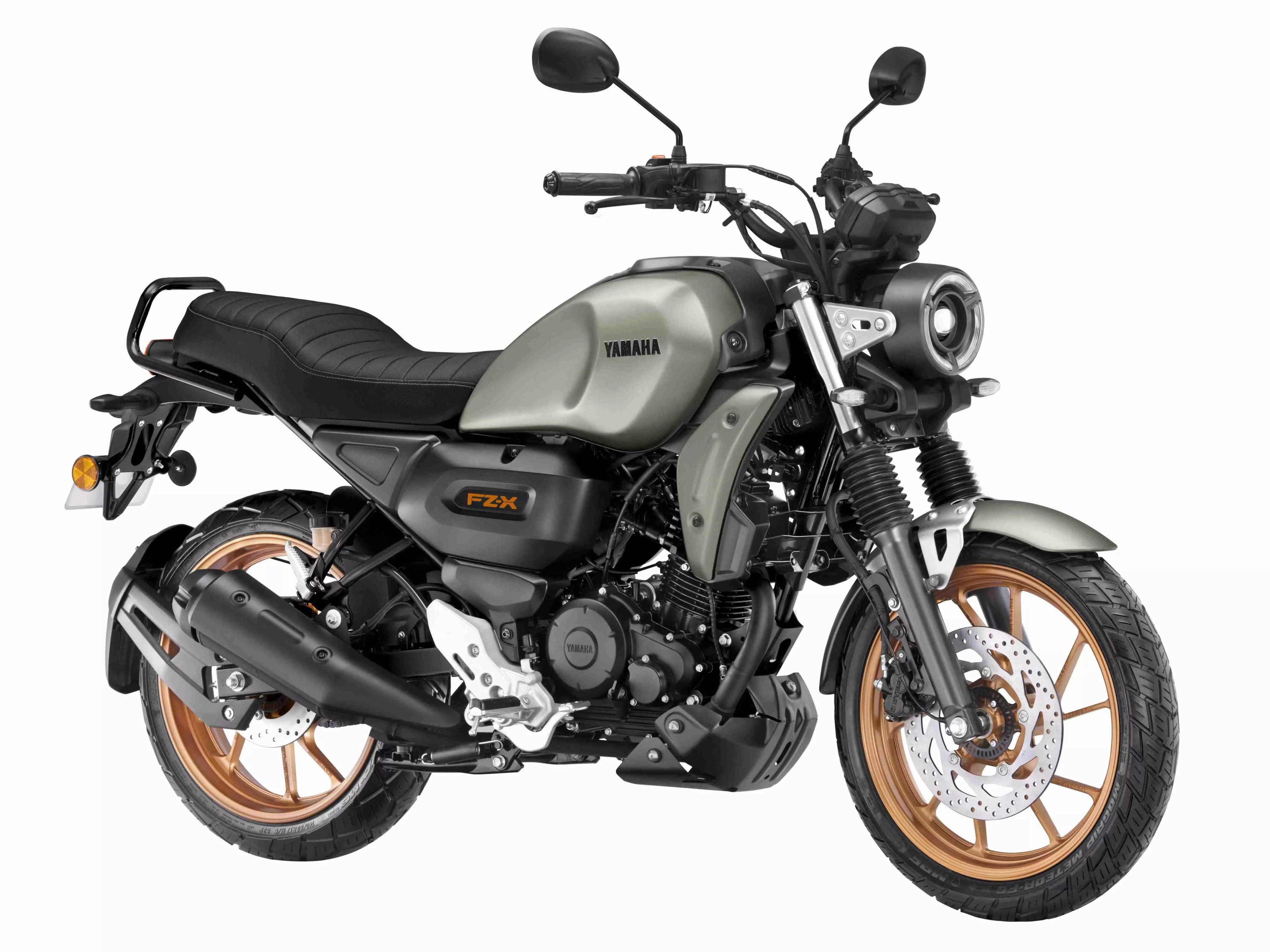 Yamaha introduced the FZ-X Hybrid, priced at Rs 1.50 lakh, incorporating their Smart Motor Generator (SMG) for improved efficiency.
Yamaha introduced the FZ-X Hybrid, priced at Rs 1.50 lakh, incorporating their Smart Motor Generator (SMG) for improved efficiency.
Yamaha FZ-X Hybrid
Yamaha introduced the FZ-X Hybrid, priced at Rs 1.50 lakh, incorporating their Smart Motor Generator (SMG), which has an Integrated Starter Generator system for improved efficiency and a full-colour TFT display. It reflects a blend of technology and evolving rider needs even in the slightly lower capacity premium segments.
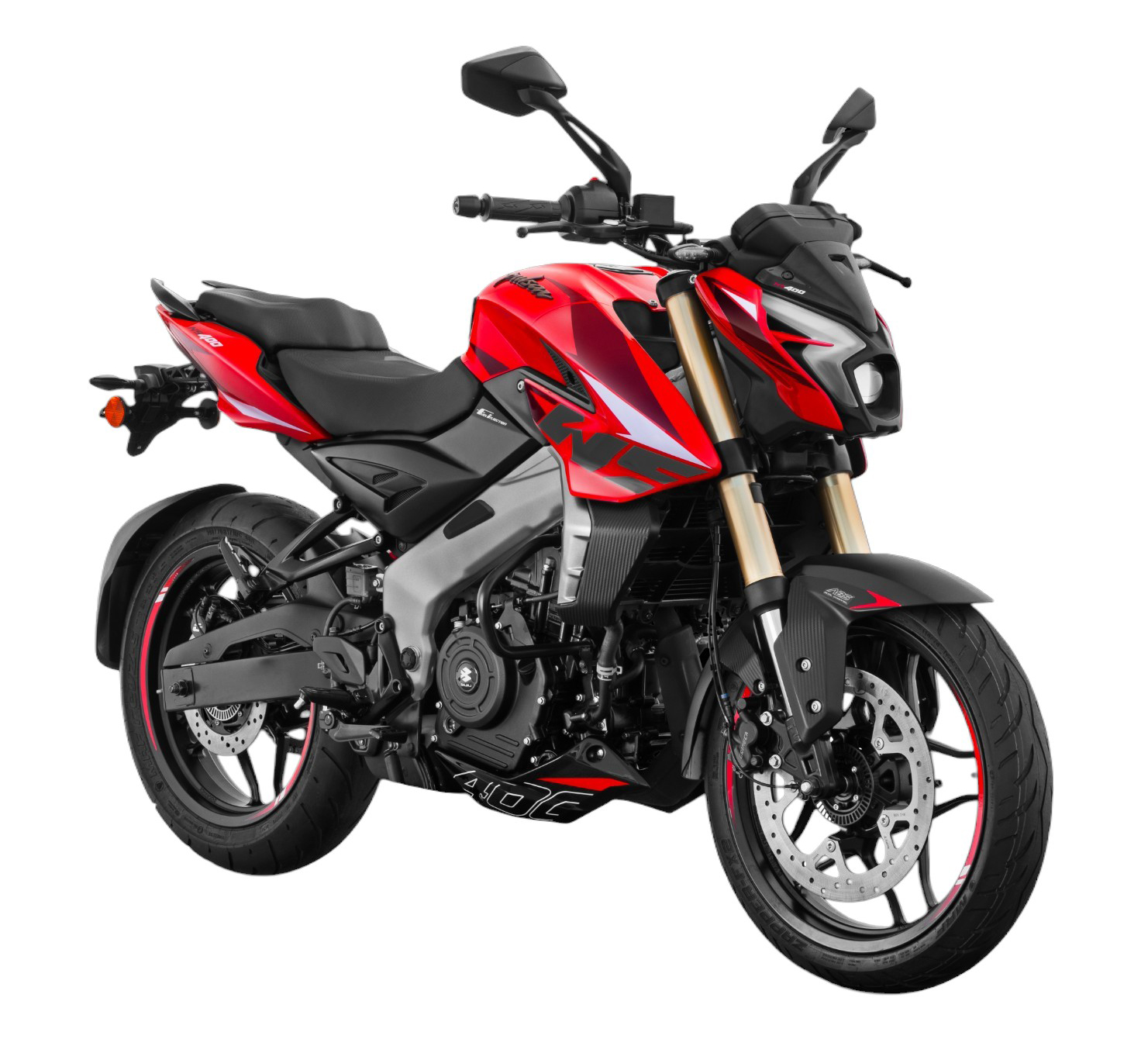 Bajaj significantly updated its flagship Pulsar NS400Z, now priced at Rs 1.92 lakh.
Bajaj significantly updated its flagship Pulsar NS400Z, now priced at Rs 1.92 lakh.
Bajaj Pulsar and Dominar
Bajaj significantly updated its flagship Pulsar NS400Z, now priced at Rs 1.92 lakh. The changes are focused on performance and safety, with the engine churning out more power (42.4 bhp) and better braking with sintered brake pads and a ‘Sport Shift’ software-based quickshifter. The Pune-based manufacturer also launched the updated Dominar 250 and 400 at Rs 1.92 lakh and Rs 2.39 lakh, respectively, adding ride-by-wire with multiple riding modes on the Dominar 400, a colour LCD speedometer, and ergonomic revisions, catering to touring enthusiasts.
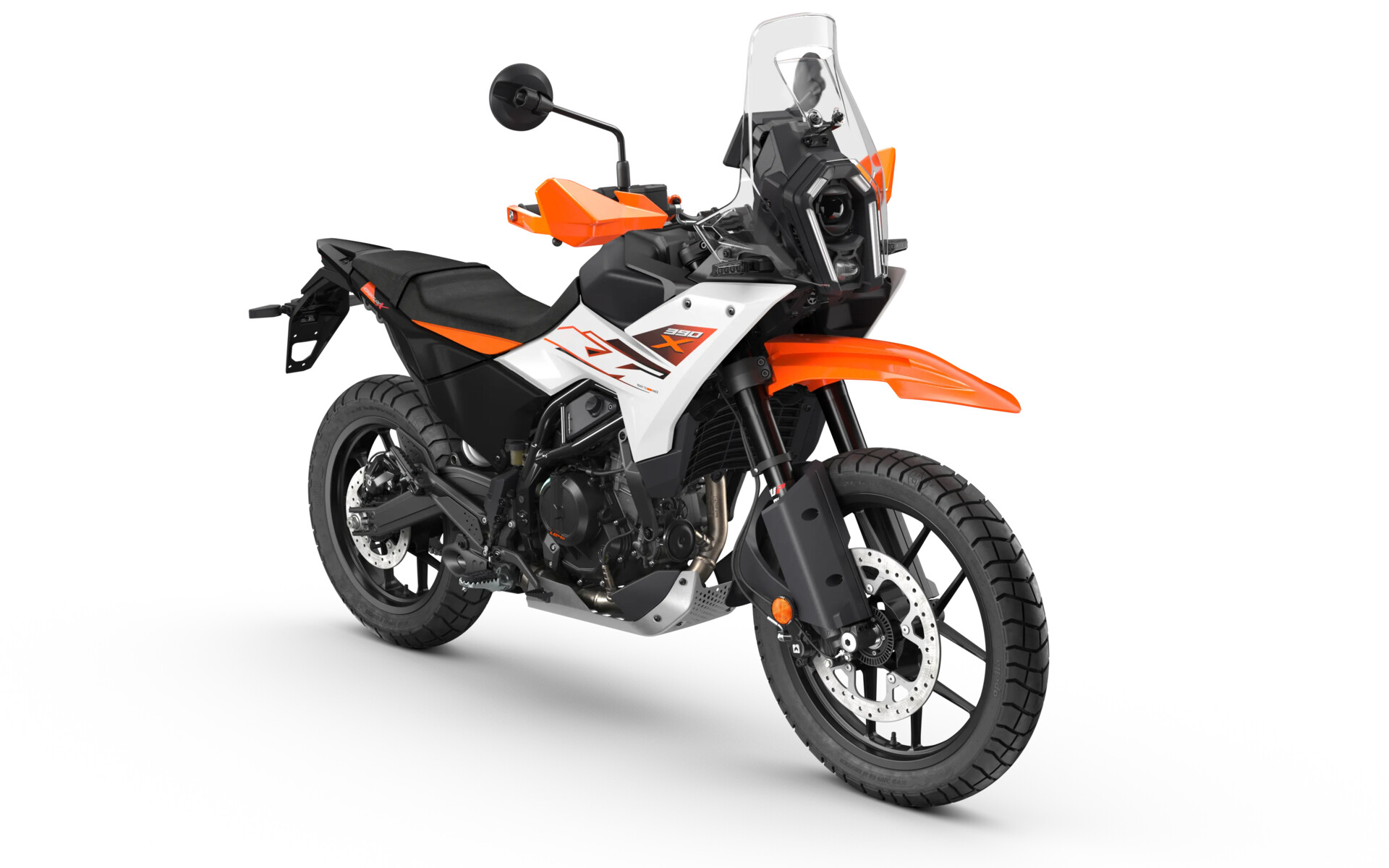 KTM rolled out an updated version of the 390 Adventure X, now priced at Rs 3.03 lakh.
KTM rolled out an updated version of the 390 Adventure X, now priced at Rs 3.03 lakh.
KTM 390 Adventure X
KTM, a brand synonymous with performance, rolled out an updated version of the 390 Adventure X, now priced at Rs 3.03 lakh. This update includes crucial electronic rider aids like IMU-based cornering ABS, traction control, and cruise control, along with three ride modes — a direct response to customers wanting more features and willing to pay more.
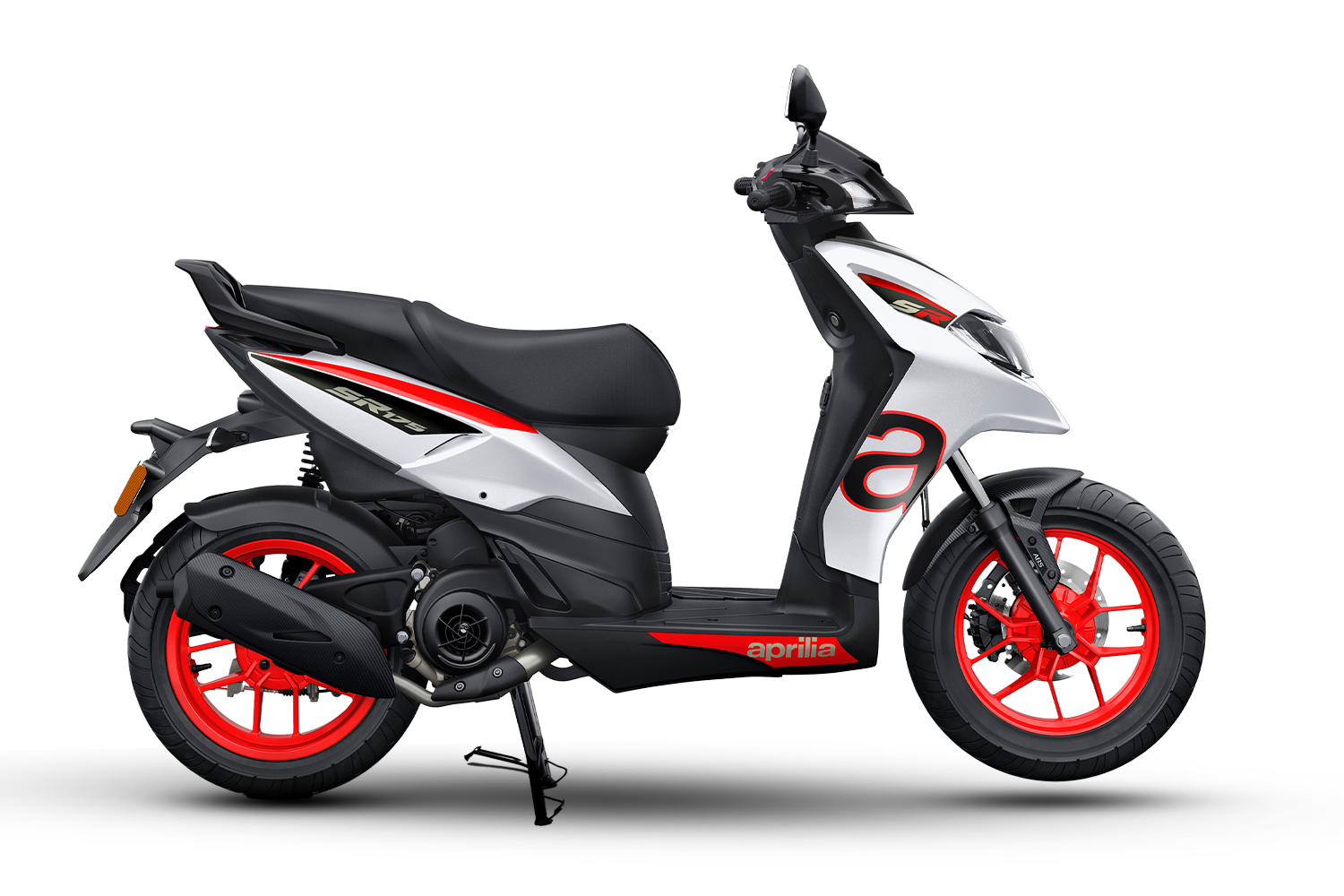 In the premium scooter segment, Aprilia launched the SR 175 at Rs 1.26 lakh.
In the premium scooter segment, Aprilia launched the SR 175 at Rs 1.26 lakh.
Aprilia SR 175
In the premium scooter segment, Aprilia launched the SR 175 at Rs 1.26 lakh, upgrading its sporty scooter portfolio with a more powerful motor producing 13.08 bhp and a new 5.5-inch colour TFT dash.
Triumph Speed Triple & Trident
The large-capacity bike segment also saw some action this month. Triumph launched the 2025 Speed Triple 1200 RS at Rs 20.39 lakh and the updated Trident 660 (starting at Rs 8.49 lakh), both receiving electronic and mechanical enhancements, including increased power and standard advanced tech like quickshifters and cornering ABS.
BMW S 1000 RR
Finally, BMW celebrated a significant milestone, delivering the 1,000th unit of its litre-class superbike, the S 1000 RR, in the country. A considerable feat for a motorcycle costing upwards of Rs 21 lakh.
The two-wheeler industry’s outlook remains optimistic in the near term. The upcoming festive season and an above-normal monsoon are expected to drive sales. While the market navigates a challenging period, both consumers with their buying preferences and manufacturers with their launch preferences are showing a marked shift towards the premium segment. Cost and fuel efficiency are no longer the sole criteria, as better disposable incomes and greater exposure to global trends have changed the perspective of the Indian buyer.
The two-wheeler market has matured considerably in the last three decades and looks set to continue roaring into a premium future.
— The writer is an automotive journalist
Business